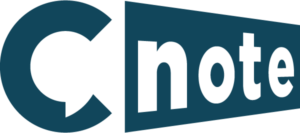Buyer’s Guide
Mortgage Verification Platforms
In the dynamic world of mortgage lending, efficiency and accuracy are paramount. Mortgage lenders are constantly on the lookout for strategies to enhance these two core aspects, and one of the most effective tools at their disposal is a Mortgage Verification Platform. This guide is tailored to help mortgage lenders understand and choose the best Mortgage Verification Platform to meet their needs.
What are Mortgage Verification Platforms?
Mortgage Verification Platforms are comprehensive software solutions designed specifically to automate the process of verifying pertinent information throughout the mortgage application process. These platforms enable lenders to validate borrowers’ information, check employment history, confirm income and assets, and more, all with significantly reduced processing times and increased accuracy.
Features of Mortgage Verification Platforms
- Automated Income and Employment Verification: Verify an applicant’s income and employment status quickly and reliably.
- Asset Verification: Automatically confirm the assets a borrower reports with minimal manual intervention.
- Credit and Background Checks: Integrates credit and background checks into the application workflow smoothly.
- Fraud Detection: Utilize advanced algorithms to identify potentially fraudulent activities within applications.
Benefits of Mortgage Verification Platforms
- Efficiency: With automation comes a major reduction in manual processing time, which translates to quicker loan approvals.
- Accuracy: By minimizing manual entry, these platforms reduce the likelihood of errors.
- Customer Satisfaction: A more efficient process means a faster response time for applicants, leading to improved customer satisfaction.
- Compliance: Mortgage Verification Platforms help ensure that lending processes comply with all relevant regulations and laws.
Does Mortgage Verification Platforms Work for All Lines of the Mortgage Business?
Regardless of whether your focus is on residential or commercial lending, Mortgage Verification Platforms are versatile and scalable to fit various mortgage operations. The specific features and functionalities may differ depending on the exact requirements of the mortgage segment involved.
Other Considerations When Evaluating Mortgage Verification Platforms
Advanced Features:
Beyond standard verifications, some platforms offer additional capabilities such as predictive analytics, which can be a game-changer in forecasting borrowing trends and behaviors.
User and Admin Needs:
A platform should be user-friendly for all parties involved, providing customizable access levels and options that cater to both administrators and end-users.
System Integrations:
A Mortgage Verification Platform should be able to integrate flawlessly with your existing Loan Origination Systems and other software, maintaining a streamlined and uninterrupted workflow.
Compliance Requirements:
The mortgage industry is highly regulated, so ensure that any platform you consider is designed to stay fully compliant with all the latest federal and state regulatory standards.
Implementation, Training, and Adoption:
Consider how easy it is to roll out the new platform, and make sure there is ample support for training your staff to ensure smooth adoption.
How Much Do Mortgage Verification Platforms Cost?
The cost structure for Mortgage Verification Platforms varies greatly, depending on their range of features, the level of customization, integration complexity, and scalability. Some platforms may offer subscription-based models, while others might charge on a per-transaction basis. It is imperative to weigh the cost against the return on investment that the platform can bring to your company’s operations.
To Recap
Mortgage Verification Platforms stand out as indispensable for lenders looking to improve their operational workflow, reduce errors, and offer better service to clients. When selecting a mortgage verification platform, consider every feature and benefit, how well it will blend with your existing systems, its compliance capabilities, and the overall costs – always aligning these factors with the needs of your administrative team and users. A conscientious assessment will guide you to a platform that supports both your immediate objectives and long-term growth.



